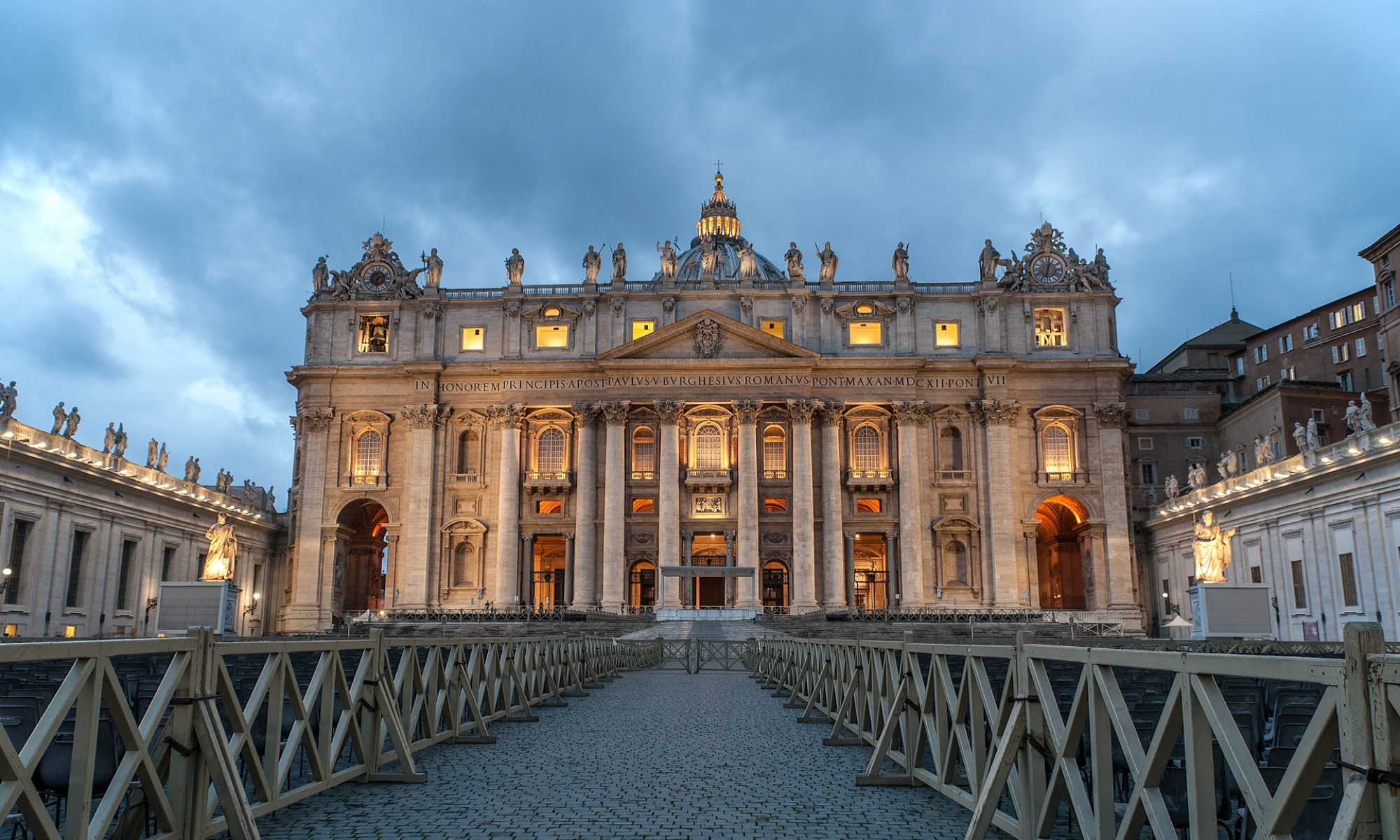February 28th, 2015
A Church more interested in promoting mission than keeping traditions. A Church less concentrated on theological boundaries and more focused on expanding its loving appeal to all men. A Church whose unity is like a polyhedron and allows multiple relationships with her. This is the picture of the Church that Pope Francis has been presenting since his election in 2013. Overall the secular public opinion resonated well with this seemingly “lighter” form of Roman Catholicism, i.e. a more relaxed Church in terms of faith and morals living out its message in more organic and relational ways. In Francis’ preferred metaphor, the Church is a “field hospital” welcoming the irregular ones more than an impressive cathedral assembling the liturgically righteous. This is only one side of the coin, however. While it is true that Francis’ emphasis has been consistently put on the missional side of the Church, it is also true that he has occasionally but consistently re-stated the full, heavy and thick traditional understanding of the church.
Holy Mother
The last instance was during a recent catechesis on the topic of the Church[1]. In introducing the role of the Bishop, Francis said: “In the presence and ministry of the Bishops, of Presbyters and of Deacons we can recognize the true face of the Church: it is the Hierarchical Holy Mother Church”. Notice the reference to the “true face” of the Church, which is shown in the hierarchical structure of the Church thought of as the Mother. This is a very propositional statement about the Church. Two dimensions are particularly stressed: the hierarchical and the motherly aspects of the church, which form the backbone of its self-understanding.
According to Francis, as mother the Church “generates us in Baptism as Christians, making us reborn in Christ; she watches over our growth in the faith; she supports us between the Father’s arms, to receive His forgiveness, she prepares for us the Eucharistic table, where she nourishes us with the Word of God and the Body and Blood of Jesus; she invokes upon us God’s blessing and the strength of His Spirit, sustaining us throughout the course of our life and enveloping us with His tenderness and warmth, especially in the most difficult moments of trial, of suffering and of death”. This is a breathtaking list of verbs: generating, making reborn, watching over, supporting, nourishing, sustaining, enveloping … these are the maternal roles of the Church that always accompany the Christian life. Their cumulative force is overwhelming and makes them resemble the role of the Head of the Church, Jesus Christ. Actually this is what they are meant to be. Christ continues his mission through the Mother Church.
If one wants to come to terms with Roman Catholicism at all levels she needs to grapple with this deeply felt sense of motherhood, which is also the theological and devotional architecture of the Roman Catholic Mariology. It is Mary, the Mother par excellence, who embodies the motherly care of the Church and who is by no chance always invoked to ask for motherly protection and care.
The Hierarchical Church
The maternal principle of the Church lies at the heart of Francis’ vision of the Church. There is also an intertwined element to this. The motherly dimension is organically connected to the hierarchical structure of the Church. The Pope goes on to say that in the Bishop, the hierarchical top of the motherly Church, “is Christ Himself who renders Himself present and who continues to take care of His Church”. The presence of Jesus Christ is made present in the motherly role of the Church through its hierarchical structure. It is curious to notice that in his earthly ministry Jesus showed the Father, whereas now He carries on his mission in and through the motherly face of the Church. It is through the hierarchy that “the Church exercises her maternity”.
According to the Pope then, the “true face” of the Church is where the maternal and the hierarchical dimensions are intimately connected to one another and form the core of the church’s identity. In churches where the motherhood of the church is less explicit because it is defined by the sobriety of biblical boundaries and where the hierarchical structure is lived out against the background of the headship of Christ and the universal priesthood of all believers, the Church loses her “true face”. So, on the one hand, Francis is sending the message that Christian unity and human brotherhood are at hand in a loosely articulated vision of unity; on the other, he maintains the traditional understanding of the Roman Catholic Church which stemmed out of the Council of Trent.
At a superficial level Christian unity under Pope Francis may seem “easier” for non-Catholic Christians, but a closer look shows that the theological issues of the historic differences, at least with Evangelical Christianity, are still standing.
[1] On Nov 5th, 2014. The full text can be accessed here: http://www.zenit.org/en/articles/full-text-of-pope-s-general-audience-catechesis-nov-5th

